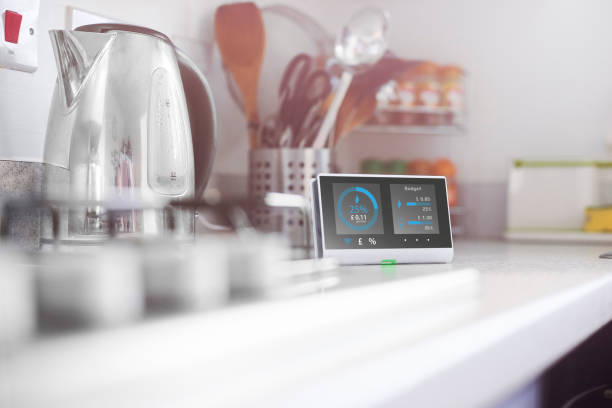Smart home automation is transforming the way we interact with and manage our living spaces. This comprehensive guide for beginners will introduce you to the basics of smart home automation, its benefits, and essential devices to help you create a connected and efficient home.
What is Smart Home Automation?
Smart home automation involves using technology to control and automate various household tasks and functions. This can include lighting, temperature control, security systems, and even appliances, all managed through a central hub or smartphone app.
Benefits of Smart Home Automation:
a. Convenience: Automate daily tasks and control your home devices remotely
b. Energy Efficiency: Optimize energy consumption and reduce utility bills
c. Security: Enhance home security with smart locks and surveillance systems
d. Accessibility: Improve accessibility for individuals with mobility or cognitive challenges
Essential Smart Home Devices:
a. Smart Speakers and Hubs: Devices like Amazon Echo, Google Home, and Apple HomePod serve as the control center for your smart home, allowing you to manage devices through voice commands or an app.
b. Smart Lighting: Control your home's lighting remotely or automate it based on your schedule or preferences, using smart bulbs or smart switches.
c. Smart Thermostats: Adjust your home's temperature from anywhere and optimize energy consumption with devices like Nest or Ecobee.
d. Smart Security Systems: Enhance your home's security with smart locks, doorbell cameras, and surveillance systems that you can monitor remotely.
e. Smart Appliances: Integrate your appliances, such as smart ovens, refrigerators, and washing machines, into your connected home for added convenience and efficiency.
Choosing a Smart Home Ecosystem:
When selecting smart home devices, consider compatibility with existing technology ecosystems, such as Amazon's Alexa, Google Assistant, or Apple's HomeKit. This ensures seamless integration and control across your devices.
Getting Started with Smart Home Automation:
a. Assess Your Needs: Identify the areas of your home that would benefit most from automation, such as lighting, climate control, or security.
b. Set a Budget: Determine your budget and prioritize devices that offer the most significant impact on convenience, efficiency, or security.
c. Research Compatible Devices: Choose devices that work together within your chosen ecosystem for a seamless user experience.
d. Plan for Future Expansion: Consider potential future upgrades and ensure your chosen ecosystem can support additional devices as your needs evolve.
Smart Home Automation Privacy and Security:
As with any connected technology, smart home devices can be vulnerable to security risks. Ensure you maintain strong passwords, update device firmware regularly, and invest in reliable and secure devices to protect your privacy and data.
Conclusion:
Smart home automation offers numerous benefits, from increased convenience and efficiency to enhanced security. By understanding the basics, choosing compatible devices, and prioritizing your needs, you can create a connected and automated living space that simplifies and enhances your daily life.





0 Comments